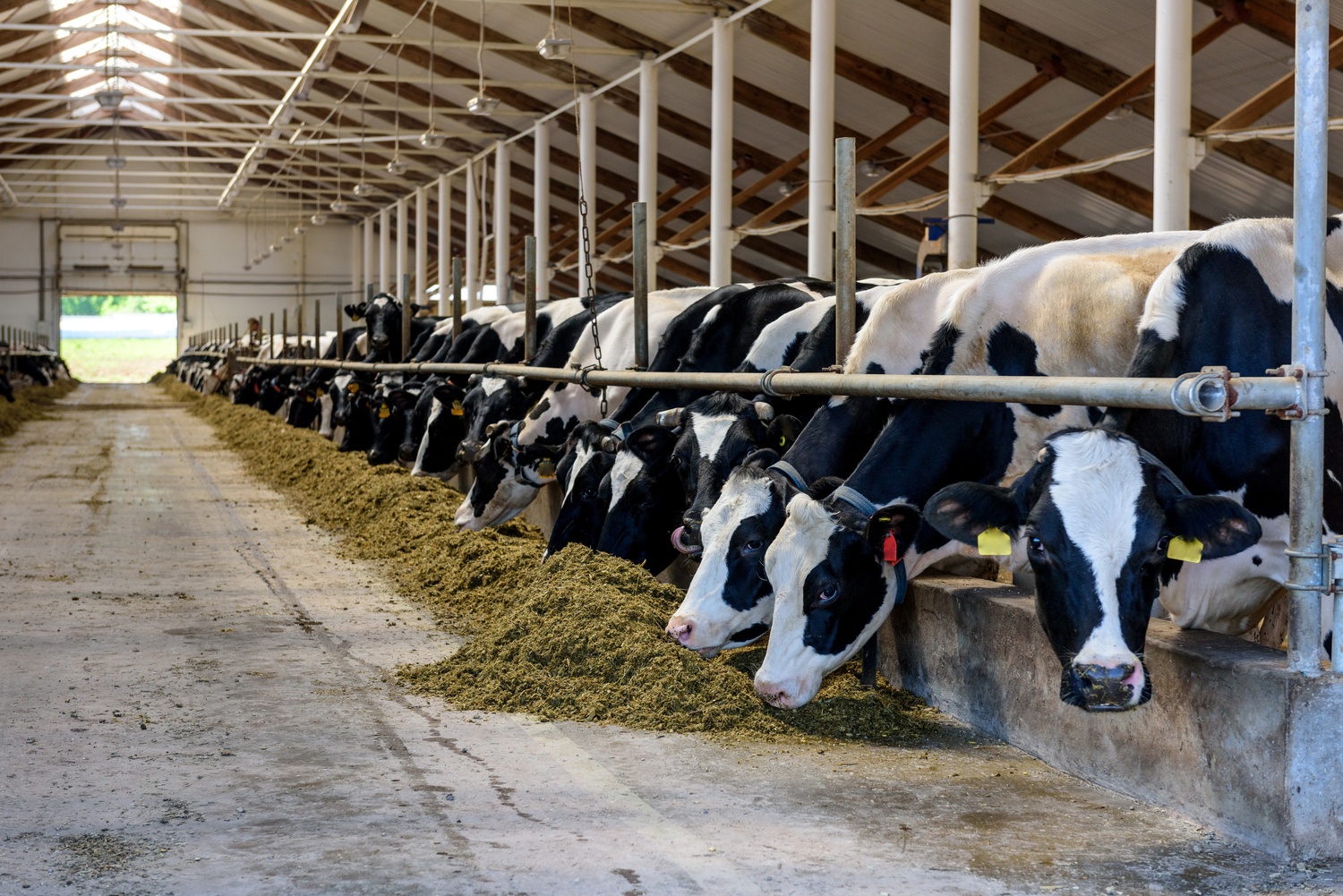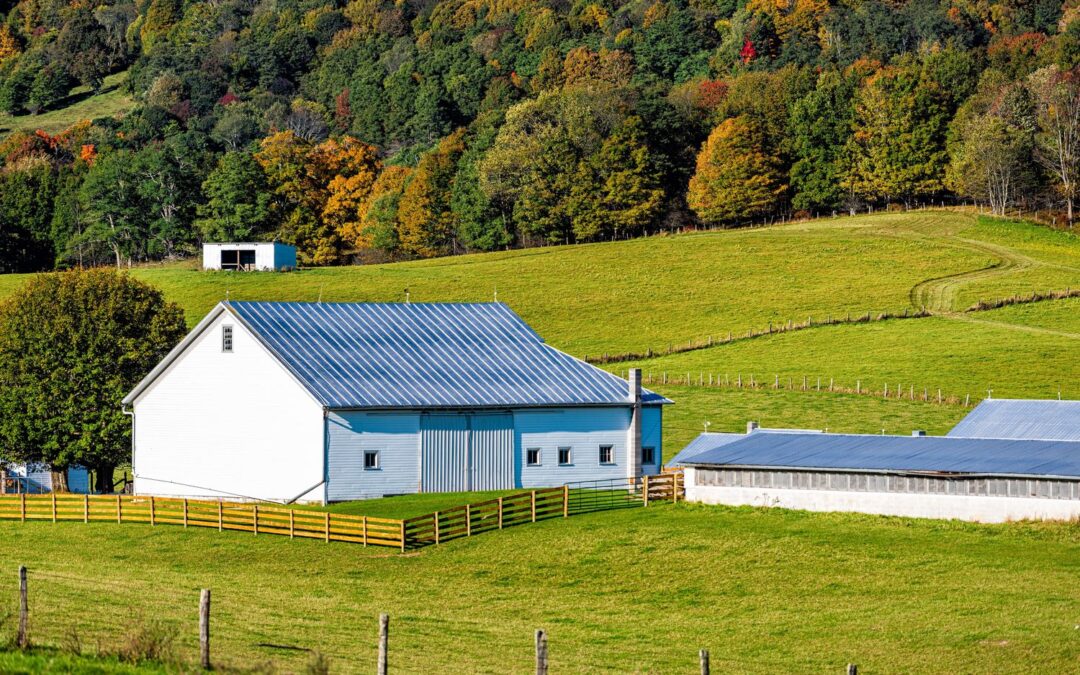Sheds are an essential addition to any property, offering storage, workspace, or even recreational space. Choosing the right design depends on the size of your property, how you plan to use the shed, and your budget. This guide will explore practical shed designs for both small and large properties, helping you make informed decisions about your next project.
Understanding Your Needs
Before deciding on a shed design, think about your goals. Are you looking for storage space for tools and equipment? Do you need a workshop for hobbies or a shelter for livestock? By clarifying your purpose, you can focus on designs that match your needs, such as farm sheds tailored for agricultural tasks or smaller storage solutions for residential use.
For example, a small property might benefit from a compact storage shed to house gardening tools. On a large property, you could use a spacious barn-style shed to store farming equipment or vehicles. The size and intended use will also influence the materials, layout, and features you prioritize.
Shed Designs for Small Properties
Small properties require sheds that optimize space without overwhelming the area. The following designs can fit these requirements:
Compact Storage Sheds
Compact sheds are ideal for small gardens or yards. These structures are typically less than 10 square meters and can store tools, outdoor furniture, or seasonal equipment. For added functionality, consider a design with vertical storage options, such as wall hooks or shelving systems.
Multi-Purpose Sheds
If you need your shed to serve multiple roles, a multi-purpose design works well. For example, a small shed with built-in planters on the exterior can combine gardening and storage. Adding a folding workbench inside can further increase usability without requiring additional floor space.
Lean-To Sheds
Lean-to sheds attach to an existing structure, such as your house or garage. These sheds save space and are cost-effective since they use one of your property’s existing walls as support. This design is perfect for storing bicycles, firewood, or lawn care equipment.
Small sheds maximize efficiency by leveraging compact designs and integrating storage solutions. They’re especially useful for maintaining organization in areas with limited room.
Shed Designs for Large Properties
Larger properties allow for more expansive and specialized shed designs. These designs often prioritize versatility and durability, accommodating various needs:
Barn-Style Sheds
Barn-style sheds offer a classic design suited for large-scale storage or agricultural use. With high ceilings and wide doors, these sheds can store tractors, livestock feed, or even act as a workshop. For added convenience, include a loft for overhead storage.
Garage Sheds
If you need additional vehicle storage, a garage shed can be a great solution. These sheds can house cars, trucks, or recreational vehicles. Adding insulation and proper lighting can turn a basic garage shed into a year-round workspace.
Workshop Sheds
A workshop shed is ideal for large properties where you might need a dedicated space for woodworking, metalworking, or other crafts. Including skylights or windows will enhance natural light, and a robust electrical system can power tools and equipment.
Large sheds provide flexibility and cater to specific needs, from protecting vehicles to supporting hobbies or farming operations. They’re also scalable, making them a long-term investment for property owners.
Materials and Construction
Choosing the right materials is essential for durability and functionality. Consider the following options:
- Wood: Offers a traditional look and is versatile for customization. However, it requires regular maintenance to prevent weather damage.
- Metal: Durable and low-maintenance, metal sheds resist pests and fire. They’re ideal for larger properties where longevity is key.
- Plastic/Resin: Lightweight and easy to assemble, these materials work well for small sheds in residential settings. They’re also resistant to rot and corrosion.
When constructing your shed, think about its placement. A well-drained area with a level foundation ensures stability and protects against water damage. Additionally, including features like vents or insulation can improve the shed’s usability across different seasons.
Customizing Your Shed
Customization allows your shed to meet your specific needs. Here are some practical ways to tailor your design:
- Add Shelving and Storage Systems: Optimize interior space by incorporating shelves, hooks, or pegboards.
- Incorporate Windows or Skylights: Improve natural lighting and ventilation, especially in sheds used as workshops.
- Choose Double Doors or Roll-Up Doors: These features make it easier to move large equipment or vehicles in and out.
For example, a farmer might benefit from a shed with reinforced flooring to support heavy equipment, while a gardener could use a potting shed with built-in workspaces and tool racks. These small adjustments enhance the overall functionality of your structure.

Planning for the Long Term
When investing in a shed, think about future needs. Will you need more space in a few years? Could a multi-functional design save you from building additional structures later? Planning for growth ensures your shed remains practical and cost-effective over time.
Additionally, maintaining your shed extends its lifespan. Regularly inspect the structure for signs of wear, such as rust, rot, or leaks. Addressing issues early prevents costly repairs and keeps your shed in good condition.
Conclusion
Selecting the right shed design for your property involves balancing your immediate needs with long-term goals. On small properties, compact and multi-purpose designs help you make the most of limited space. On larger properties, expansive and specialized sheds provide the flexibility to handle diverse requirements.
By considering factors like materials, customization, and future planning, you can choose a shed that supports your lifestyle while adding value to your property. Whether it’s a simple storage unit or a fully equipped workshop, the right shed design transforms your outdoor space into a practical and organized asset.

Recent Comments